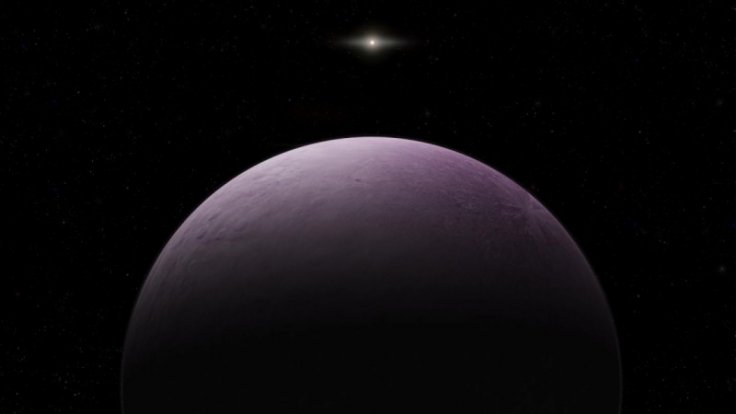
Amid speculations that a rogue planet Nibiru or Planet X is lurking in the outskirts of our solar system, here comes a news that a team of astronomers, Carnegie's Scott S. Sheppard, the University of Hawaii's David Tholen, and Northern Arizona University's Chad Trujillo, has discovered the most-distant body ever observed in our Solar System.
Since this is the first known Solar System object that has been detected at a distance that is more than 100 times farther than Earth is from the Sun. The International Astronomical Union's Minor Planet Center has given it a code as 2018 VG18, nicknamed "Farout" by the discovery team.
Essentially, located at about 120 astronomical units (AU= distance between Earth and Sun). The second-most-distant observed Solar System object is Eris, at about 96 AU. Pluto is currently at about 34 AU, making 2018 VG18 more than three-and-a-half times more distant than the Solar System's most-famous dwarf planet.

The team chanced upon 2018 VG18 when it was scouting for the suspected Planet X, which is believed as none other than the Nibiru planet often claimed by conspiracy theorists. In October 2018, the same group of researchers found 2015 TG387 that was later nicknamed "The Goblin," since it was first seen near Halloween. The Goblin was discovered at about 80 AU.
In fact, the existence of a ninth major planet at the fringes of the Solar System was first proposed by this same research team in 2014 when they discovered 2012 VP113, nicknamed Biden, which is currently near 84 AU.
2015 TG387 and 2012 VP113 never get close enough to the Solar System's giant planets, like Neptune and Jupiter, to have significant gravitational interactions with them. This means that these extremely distant objects can be probes of what is happening in the Solar System's outer reaches. The team doesn't know 2018 VG18's orbit very well yet, so they have not been able to determine if it shows signs of being shaped by Planet X.
"All that we currently know about 2018 VG18 is its extreme distance from the Sun, its approximate diameter, and its color... Because 2018 VG18 is so distant, it orbits very slowly, likely taking more than 1,000 years to take one trip around the Sun," said Sheppard.
The discovery images of 2018 VG18 were taken at the Japanese Subaru 8-meter telescope located atop Mauna Kea in Hawaii on November 10, 2018.









